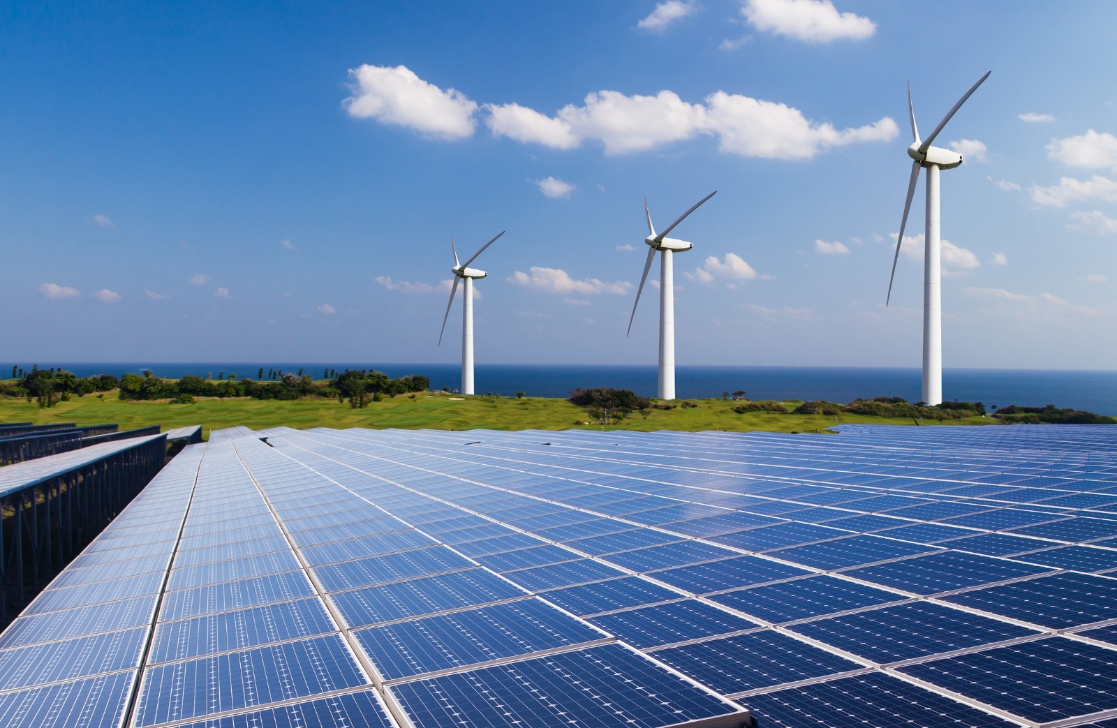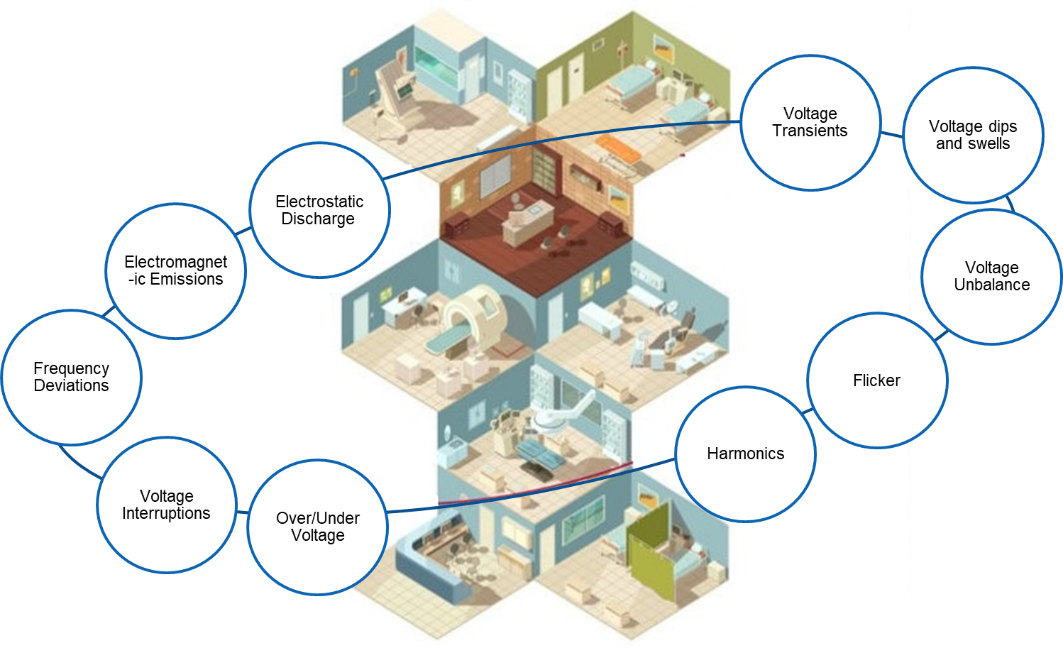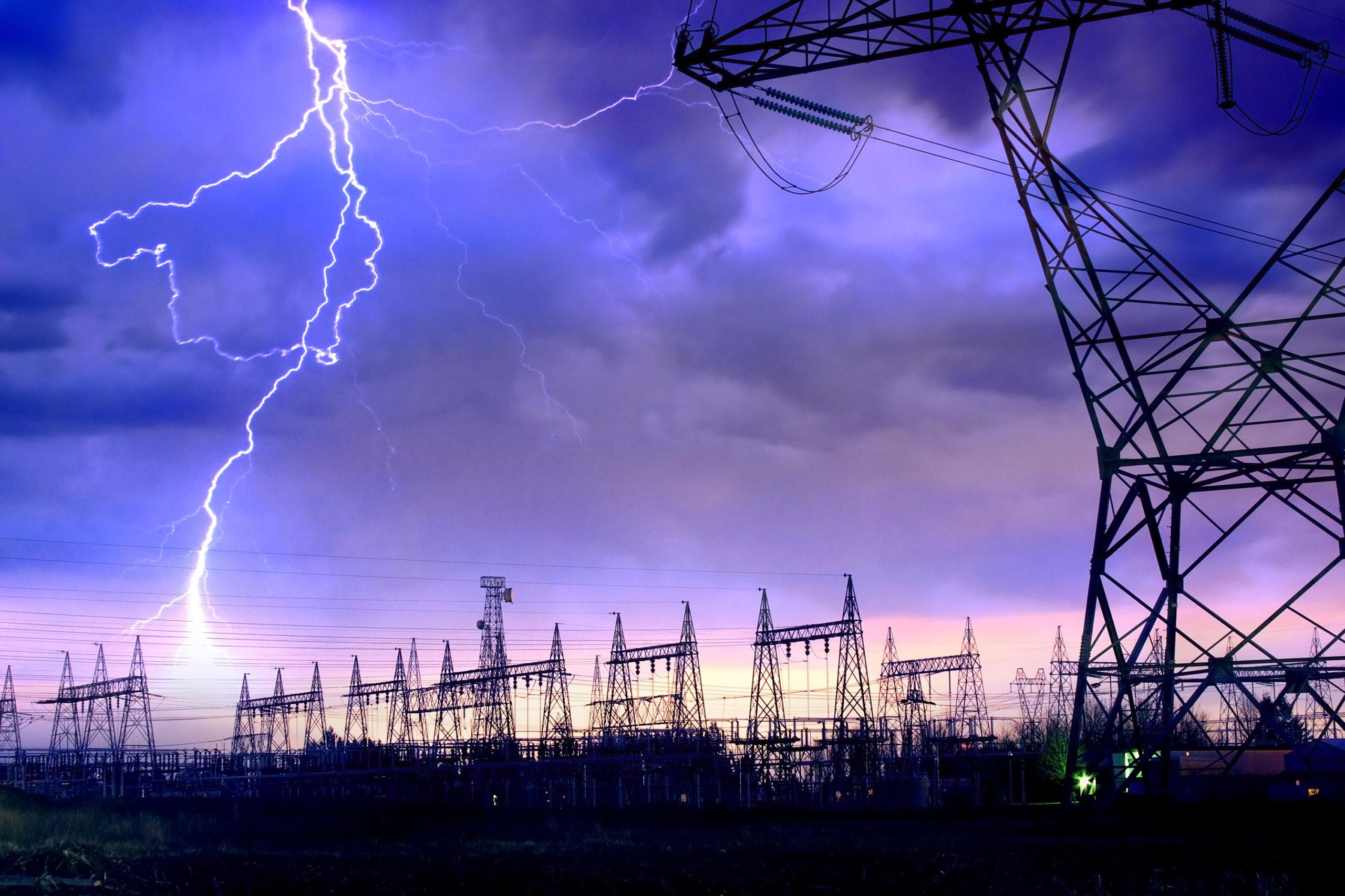Renewable and Sustainable Energy Project - Electrical Safety and Reliability
Renewable and sustainable energy projects are becoming more essential in modern energy systems as governments across the world work to prevent their dependency on fossil fuels and eliminate the impacts of climate change. As part of its commitment, India has set ambitious objectives for increasing the percentage of renewable energy in its entire energy mix. Wind, solar, hydro, and geothermal energy projects provide a cleaner and more sustainable alternative to existing energy sources. However, much like any other infrastructure project, energy plants provide their own set of obstacles, notably in terms of electrical safety and dependability.
Ensuring electrical safety and reliability in renewable is necessary for such projects to be successful in the long run.
Importance of Electrical Safety and Reliability in Renewable Energy Projects
Electrical safety and reliability are paramount to the success of renewable energy projects as they ensure the safety of people and the stability of the complete electrical system. Electrical safety is essential for protecting against electrical shock and fire hazards. It involves adherence to relevant compliance and standards and the guidelines to follow for design, installation, and maintenance of electrical systems. Electrical reliability, on the other hand, ensures the quality and stability of the electrical supply. This involves around the design redundancy, selecting the right components and monitoring the system to detect and prevent power outages.
Renewable energy projects are becoming increasingly complex, making electrical safety and reliability even more critical. For instance, when integrating renewable energy into existing grids, proper measures must be taken to ensure the systems are compatible and safe. At the same time, renewable energy projects can be expensive, so it's important to ensure electrical safety and reliability measures are cost-effective. This means selecting the right components, using high-quality materials, and taking preventive maintenance measures.
Steps to Ensure the Safe and Reliable Operation of These Systems
Earthing and Bonding System for Renewable Energy Sources
The earthing system for renewable energy sources serves as a conduit for electrical current, providing a safe and reliable path for electrical energy to flow. It protects the equipment and infrastructure from power surges, lightning strikes, and other electrical hazards. Earthing also plays an important role in maintaining the system's power quality, ensuring that the voltage and frequency remain within acceptable limits and mitigating the electromagnetic interference issue.
Safety Audits for Power Plant
Safety audits for power plants are a critical step in ensuring that the facility is structured and operated to minimize accidents or equipment failures. They are designed to identify and address potential threats, such as electrical hazards, fire risks, and structural deficiencies. With the invent of latest technology and automation, the monitoring and predictive maintenance have made it possible to continuously monitor the performance of electrical systems and identify & mitigate issues before they lead to any electrical accident and causing harm to personnel and infrastructure.
Lightning Protection for Renewable Energy Infrastructure
Lightning strikes can cause significant damage to equipment and infrastructure and can disrupt the power supply to the grid, damage the systems and pose safety hazards. Lightning protection systems are essential for safeguarding the project and maintaining uninterrupted energy production. Assessing the lightning risk and determining the level of protection needed become very crucial to provide a low-resistance path for discharge current to flow into the ground. Here again the effective earthing system becomes essential.
Power System Studies for Grid Compliance
Power system studies for grid compliance are essential in ensuring that a renewable energy project meets all the necessary regulations and standards. These studies evaluate the project's impact on the existing power grid and identify potential issues that may arise from integrating the sustainable energy source into the existing system. They also assess the ability of the grid to accommodate the renewable energy source and identify any upgrades or modifications that may be necessary to ensure compliance with grid requirements.
PQ for Grid Integration
Power quality is a critical consideration for grid compliance. As renewable energy sources are often connected to the grid at a low voltage level, they may cause power quality issues such as voltage flicker and harmonic distortion. Power quality studies can help identify and mitigate these issues, ensuring that the renewable and sustainable energy project complies with grid requirements. Another important aspect of grid compliance is the protection of the power grid from faults and disturbances. Sustainable energy sources, such as wind and solar, have different protection needs than traditional power sources. The potential vulnerabilities can be mitigated with protective relays, fault current limiters, and other protective devices.
It is crucial to remember that compliance with regulations and standards must be met throughout the project's life, not just at the start. This can be done through regular monitoring and maintenance of the systems, ensuring they remain functional and effective.
At JEF Techno, we provide a range of solutions for renewable and sustainable energy projects to ensure that these projects are safe, reliable, and compliant with grid standards. With our expertise and experience in the field of renewable and sustainable energy, we can help you achieve your goals.




